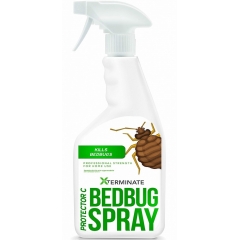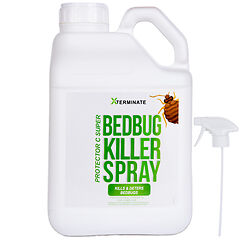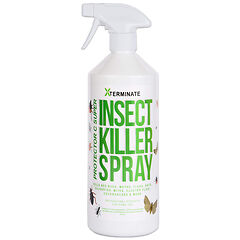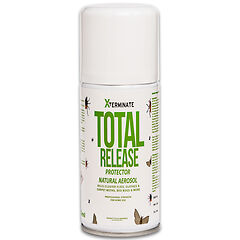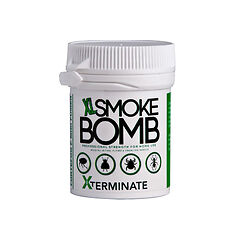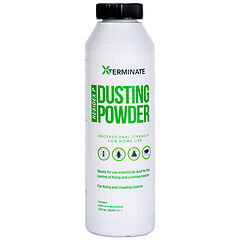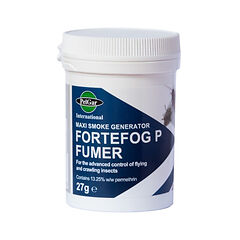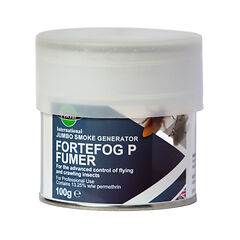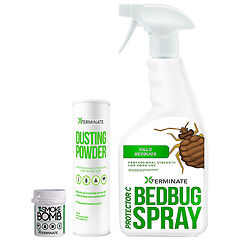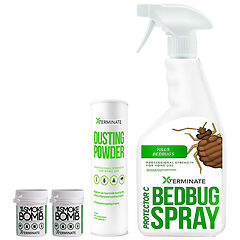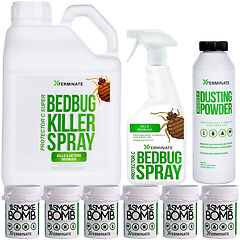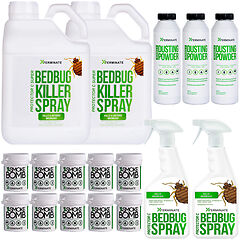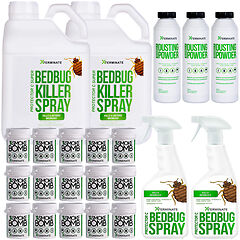Bed Bugs
Bed bugs are bloodsucking parasites that are famously tough to get rid of. Our professional range of bed bug killing products gives you everything you need to take your life back from these pests!
Getting Rid of Bed Bugs
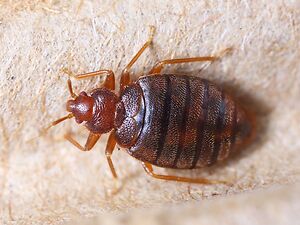 A bed bug infestation can be traumatic. Unlike many pests, bed bugs don’t carry any diseases so they don’t physically harm you, but the mental anguish they can cause makes them one of the most unpleasant pests you can come across. The main problem with them – other than the itchy bites they leave all over your body – is that they’re so difficult to get rid of. This means an infestation can give you weeks or even months of stress and sleepless nights!
A bed bug infestation can be traumatic. Unlike many pests, bed bugs don’t carry any diseases so they don’t physically harm you, but the mental anguish they can cause makes them one of the most unpleasant pests you can come across. The main problem with them – other than the itchy bites they leave all over your body – is that they’re so difficult to get rid of. This means an infestation can give you weeks or even months of stress and sleepless nights!
You might think your only option is to pay through the nose to hire a professional exterminator, but luckily, there’s another way. With the three Ps - Preparation, Products, and Persistence – you can do it yourself!
Preparation – Learn About Bed Bugs and Identify the Signs Early
You want to identify a bed bug problem as early as possible to make getting rid of them much quicker. To do this, you need to be able to identify the warning signs.
Identifying Bed Bugs
Bed bugs are tiny mite-like creatures with small, flat, brown bodies. Unlike fleas, they’re slow and don’t jump. This makes them better suited to hiding in nooks and crannies than a speedy escape. What all of this means is that you probably won’t even see them unless you’re looking for them! You’ll probably notice one of these warning signs before you catch the pests themselves, so keep an eye out.
.jpg) Bites – The most common symptom of an infestation is the itchy bites they leave on your skin. These bites usually appear in patterns or lines, and while they can be found anywhere on your body, they’re more common in folds (like armpits or belly creases). An important point to note is that these bites are a result of an allergic reaction to bug saliva, and some people are immune to it. This means not everyone gets these itchy red bites. If you share your bed with a partner and they wake up covered in bites while you’re untouched, don’t rule out bed bugs!
Bites – The most common symptom of an infestation is the itchy bites they leave on your skin. These bites usually appear in patterns or lines, and while they can be found anywhere on your body, they’re more common in folds (like armpits or belly creases). An important point to note is that these bites are a result of an allergic reaction to bug saliva, and some people are immune to it. This means not everyone gets these itchy red bites. If you share your bed with a partner and they wake up covered in bites while you’re untouched, don’t rule out bed bugs!- Gritty sheets – You might notice a gritty or sandy feeling in your bedsheets. This is because of the shed skins, eggs, and droppings that the bugs will leave in your bed! If you notice an unusual feeling in your sheets, make sure to inspect them for…
- Visible signs – Check your bed thoroughly for visible signs of bugs. These signs include blood spots on your sheets, tiny rice-like eggs, shells, and the bugs themselves. Make sure to thoroughly check your entire bed, including your sheets, pillows, bed frame, and beneath your mattress. Take extra care to check any cracks and crevices in the bed frame as this is likely where the bugs will hide.
Check Everywhere
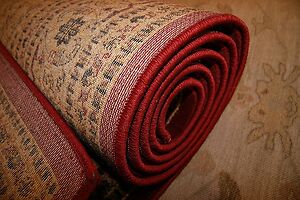 Despite their name, bed bugs don’t only live in our beds. Beds are the perfect place for them as they like dark, soft places with a steady supply of blood meals, but they’re tough creatures that can survive almost anywhere at a push! If you find signs of bed bugs in your bed, make sure you check every other area of your home, too. The pests could also be lurking in the carpet, wardrobes, sofa, or storage cupboards.
Despite their name, bed bugs don’t only live in our beds. Beds are the perfect place for them as they like dark, soft places with a steady supply of blood meals, but they’re tough creatures that can survive almost anywhere at a push! If you find signs of bed bugs in your bed, make sure you check every other area of your home, too. The pests could also be lurking in the carpet, wardrobes, sofa, or storage cupboards.
Even if you already know you have a bed bug problem, you should still check everywhere thoroughly. This will give you a good idea of how severe the infestation is so you know how much pest control you need.
Am I At Risk of Bed Bugs?
There’s a common misconception that bed bugs are only found in dirty places. Unfortunately, good hygiene isn’t enough to deter these pests, meaning anyone can catch them! All they’re interested in is their next blood meal, so don’t assume you can’t have bed bugs just because you keep your house clean.
They commonly spread by crawling onto clothing or into bags when people sit down on an infested seat. This means you can pick them up from:
- Hotels
- Public transport seats
- Cinemas
- Second-hand sofas
- Waiting rooms
Be Careful in Hot Weather
Bed bugs spread much more quickly when it’s hot. This is because hot weather increases the speed of their life cycle, so they reach maturity faster and can lay more eggs. This means you should be extra careful when you’re out in summer as bed bugs are much more widespread.
The Things in My Bed Don’t Look Like Bed Bugs!
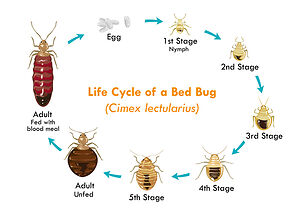 If you spot some small creatures in your bed that don’t look exactly like the images you see on this page, you may still be dealing with bed bugs. This is because bed bugs actually look quite different depending on how old they are and how recently they fed. Once hatched, they shed their skin five times before adulthood, changing their appearance slightly each time. They also look different after a blood meal, when their normally-flat bodies swell up like a balloon.
If you spot some small creatures in your bed that don’t look exactly like the images you see on this page, you may still be dealing with bed bugs. This is because bed bugs actually look quite different depending on how old they are and how recently they fed. Once hatched, they shed their skin five times before adulthood, changing their appearance slightly each time. They also look different after a blood meal, when their normally-flat bodies swell up like a balloon.
Products
Now you know what bed bugs are like, you know what sort of products you need to get rid of them. You need something powerful, with excellent coverage to ensure it can penetrate deep into any cracks where the pests might be hiding. You also want a brand you can trust, with a reputation for providing no-nonsense pest control that’ll get the job done right. Luckily, everything you see on this page is of professional quality and uses tried-and-tested formulas to get rid of bed bugs for good.
Below, we’ll outline what each product does and how you should use it to wipe out these pests. Never rely on just one treatment to get the job done; bed bugs possess incredible survival skills and any survivors can quickly reproduce to build their numbers back up again. They’ve evolved to resist even the strongest pesticides, so they can survive long enough to lay eggs after treatment. In addition, their small, flat bodies let them squeeze into the tiniest cracks to escape danger. Using several different pest control products at once means that one product will wipe most of them out while the other mops up any that were missed.
Surface Spray
Our Protector C spray should be sprayed on every surface in the room you’re treating. It contains a natural pesticide called pyrethrin (a chemical found in chrysanthemum flowers) which attacks the brains of insects. This quickly kills most bed bugs who come into contact with it!
Dusting Powders
It’s a good idea to complement your surface sprays with a treatment of dusting powder, too. It contains the same insecticide as the spray, but it can be used in places where sprays can’t, such as around plug sockets. It’s also good for use on porous wood where sprays might soak in.
Smoke Bombs
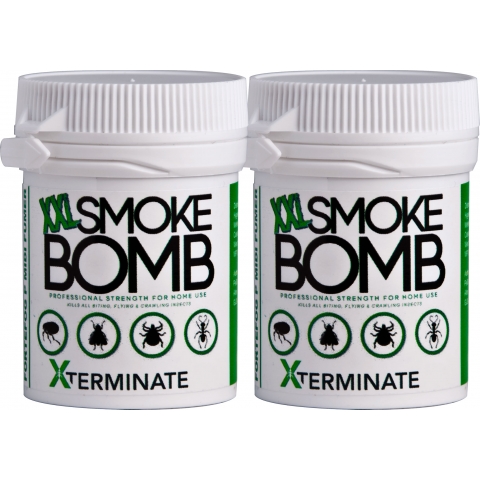 As we mentioned above, bed bugs are amazing at hiding. You can cover every inch of your bedroom in spray or powder, and some of them will still find a way to escape! That’s why a smoke bomb is the perfect complement to sprays and powders as it spreads into corners, cracks, and crevices around your room. The smoke in our fumers contains pyrethrum, and this has two uses; the first being that it quickly kills bed bugs! The second is that it’ll drive any surviving bed bugs out of hiding and onto surfaces that you’ve (hopefully) covered in spray and powder.
As we mentioned above, bed bugs are amazing at hiding. You can cover every inch of your bedroom in spray or powder, and some of them will still find a way to escape! That’s why a smoke bomb is the perfect complement to sprays and powders as it spreads into corners, cracks, and crevices around your room. The smoke in our fumers contains pyrethrum, and this has two uses; the first being that it quickly kills bed bugs! The second is that it’ll drive any surviving bed bugs out of hiding and onto surfaces that you’ve (hopefully) covered in spray and powder.
Smoke bombs come in a few different sizes – naturally, the bigger the fumer, the more coverage you get. Bigger rooms and more serious infestations will need a larger smoke bomb, so bear this in mind. Click on the smoke bomb above to learn more about how much area each size can cover.
Biopren Spray
Biopren is every pest controller’s secret weapon. It stops bed bugs from reaching the next stage of their life cycle, meaning that even if they survive your pest control treatments, they won’t be able to reach maturity and lay eggs. This means that once the infestation is gone, it’s gone for good! It comes in the form of a surface spray, and it should be applied everywhere after your initial treatment.
Persistence
Even with all the pest control products in the world, it’s impossible to completely wipe out every last bed bug with a single treatment. Even if you wipe out every last bug, there will almost certainly be some eggs that survive. Once these eggs hatch, you’ll soon be back to square one again unless you re-treat the area! Bed bugs are very persistent, so it’s up to you to be even more persistent. Re-treat any area 5-7 days after your initial treatment to mop up any survivors or recently-hatched eggs. You should also routinely spray Biopren around your room every 4-6 weeks to ensure any stragglers can’t lay eggs. The infestation should clear up within a few weeks and you can take your life back from bed bugs for good!



